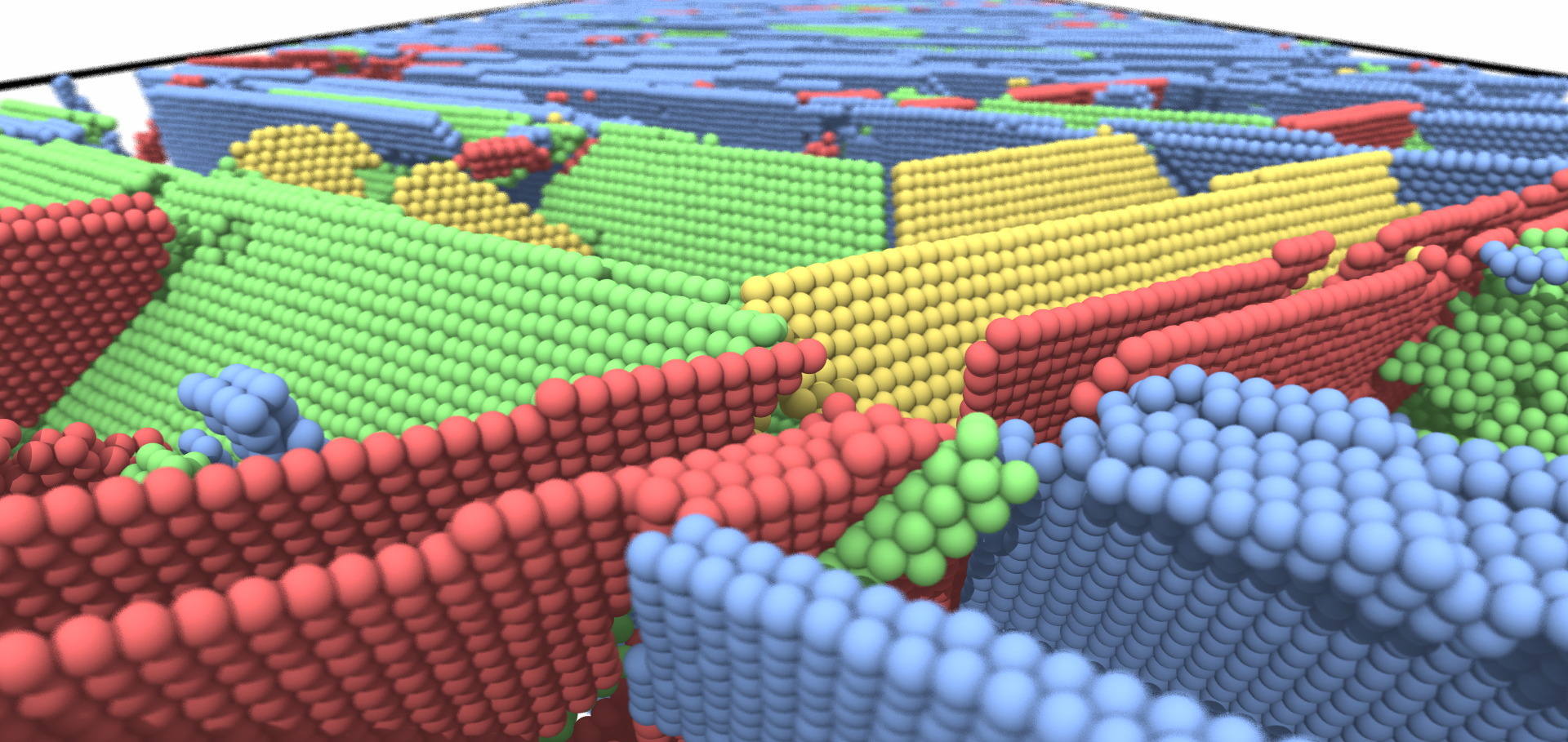Diffuse scattering from dynamically compressed single-crystal zirconium following the pressure-induced $\alpha\to\omega$ phase transition
(2024)
Slip competition and rotation suppression in tantalum and copper during dynamic uniaxial compression
(2022)
Kinematics of slip-induced rotation for uniaxial shock or ramp compression
Journal of Applied Physics AIP Publishing 129:8 (2021) 085109
Abstract:
When a metallic specimen is plastically deformed, its underlying crystal structure must often rotate in order to comply with its macroscopic boundary conditions. There is growing interest within the dynamic compression community in exploiting x-ray diffraction measurements of lattice rotation to infer which combinations of plasticity mechanisms are operative in uniaxially shock- or ramp-compressed crystals, thus informing materials science at the greatest extremes of pressure and strain rate. However, it is not widely appreciated that several of the existing models linking rotation to slip activity are fundamentally inapplicable to a planar compression scenario. We present molecular dynamics simulations of single crystals suffering true uniaxial strain, and show that the Schmid and Taylor analyses used in traditional materials science fail to predict the ensuing lattice rotation. We propose a simple alternative framework based on the elastoplastic decomposition that successfully recovers the observed rotation for these single crystals, and can further be used to identify the operative slip systems and the amount of activity upon them in the idealized cases of single and double slip.Non-isentropic release of a shocked solid
Physical Review Letters American Physical Society 123:24 (2019) 245501
Abstract:
We present molecular dynamics simulations of shock and release in micron-scale tantalum crystals that exhibit postbreakout temperatures far exceeding those expected under the standard assumption of isentropic release. We show via an energy-budget analysis that this is due to plastic-work heating from material strength that largely counters thermoelastic cooling. The simulations are corroborated by experiments where the release temperatures of laser-shocked tantalum foils are deduced from their thermal strains via in situ x-ray diffraction and are found to be close to those behind the shock.X-ray thermal diffuse scattering as a texture-robust temperature diagnostic for dynamically compressed solids
Journal of Applied Physics AIP Publishing 138:15 (2025) 155903



